As you might know by now, carbon fiber is infused with various kinds of filaments in various proportions to make a stronger version of that filament.
PETG, a glycol modified version of Polyethylene Terephthalate (PET), commonly used to manufacture water bottles is a semi-rigid material with good impact resistance.
When such a material is infused with carbon fiber to form carbon fiber PETG, the resulting filament is used in the production of lightweight but rigid parts and functional prototypes. Typically in making parts used in aerospace, civil engineering, the military, and motorsports!
In this article, we will try to dig down carbon fiber PETG to find out what makes this filament so capable of all the applications mentioned above, what are the tips that you can use to 3D print it, some best brands for carbon fiber PETG, and a lot more. But first, let’s discover the individual properties of both the materials i.e. carbon fiber and PETG.
Overview About Carbon Fiber and PETG
Both of these materials do have some similarities in terms of being rigid, chemically resistant, and fatigue resistant, and some more, but overall they are a lot different from each other. What are these differences? Well, let’s get to know.
What is Carbon Fiber?
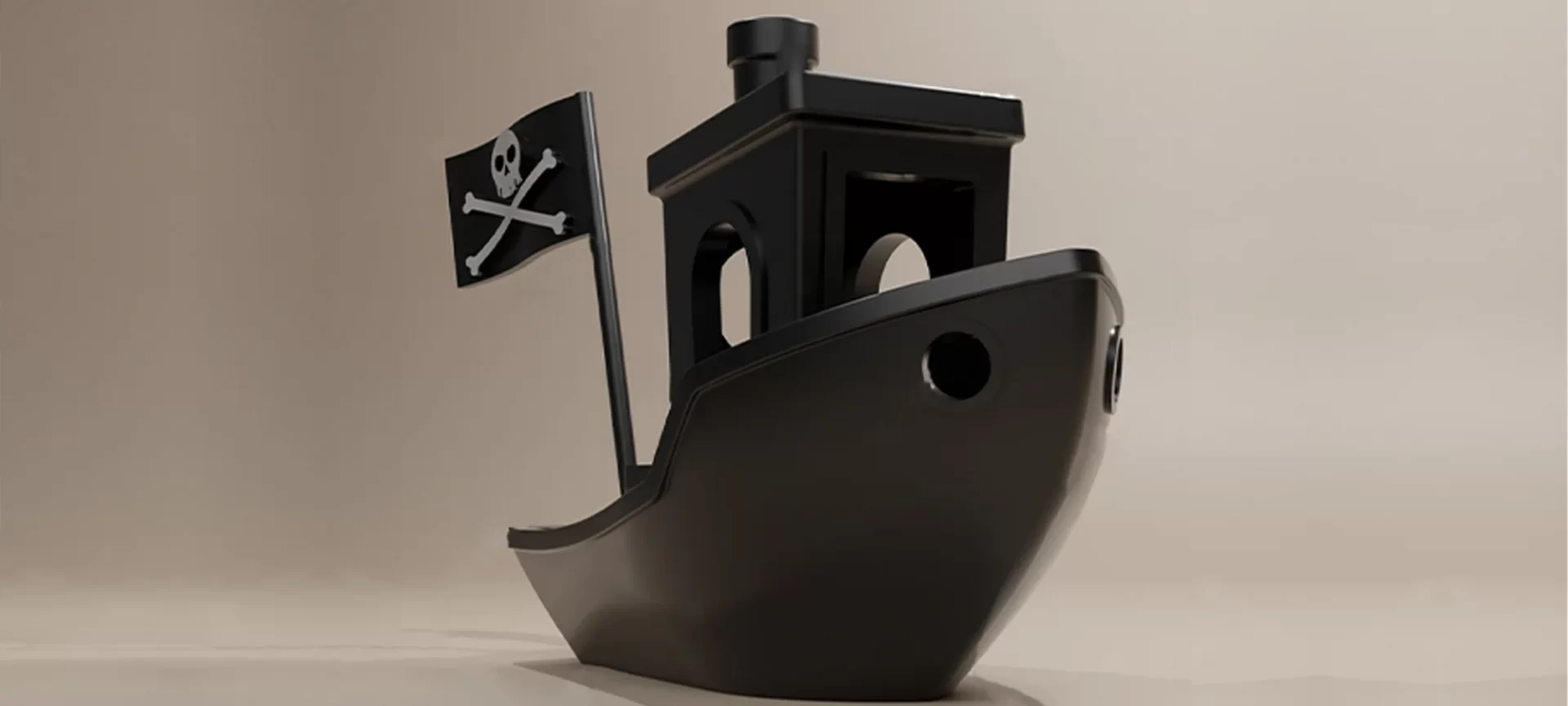
To date, there have been several methods of making carbon fiber, all of which begin with the making of fibers out of carbon-rich precursor material.
Manufacturing carbon fiber using any procedure, you’ll end up changing the original size and shape of the fiber which will still remain in the finished carbon fiber.
However, the interior chemical structure of the carbon will have been greatly modified through the various heating cycles.
The very first steps of making carbon fiber are carbonizing and stretching precursor fiber, PAN Polyacrylonitrile, Pitch, or Rayon. Then any one of the above-mentioned three is made to go through several cycles of heating at varying temperatures.
It is important to note here that the complete heating procedure takes place in the absence of oxygen. Because of which most other elements like hydrogen and nitrogen are driven off the starting material leaving carbon behind. Doing this also permits the carbon, gradually crystallizing in its characteristic honeycomb manner.
Properties of carbon fiber:
- It is biologically inert and x-ray permeable.
- It is Cost-wise on the higher end.
- The material is non-poisonous and has a low coefficient of thermal expansion.
- Carbon fiber has a high thermal conductivity in some forms, and good tensile strength but is brittle.
What is PETG?
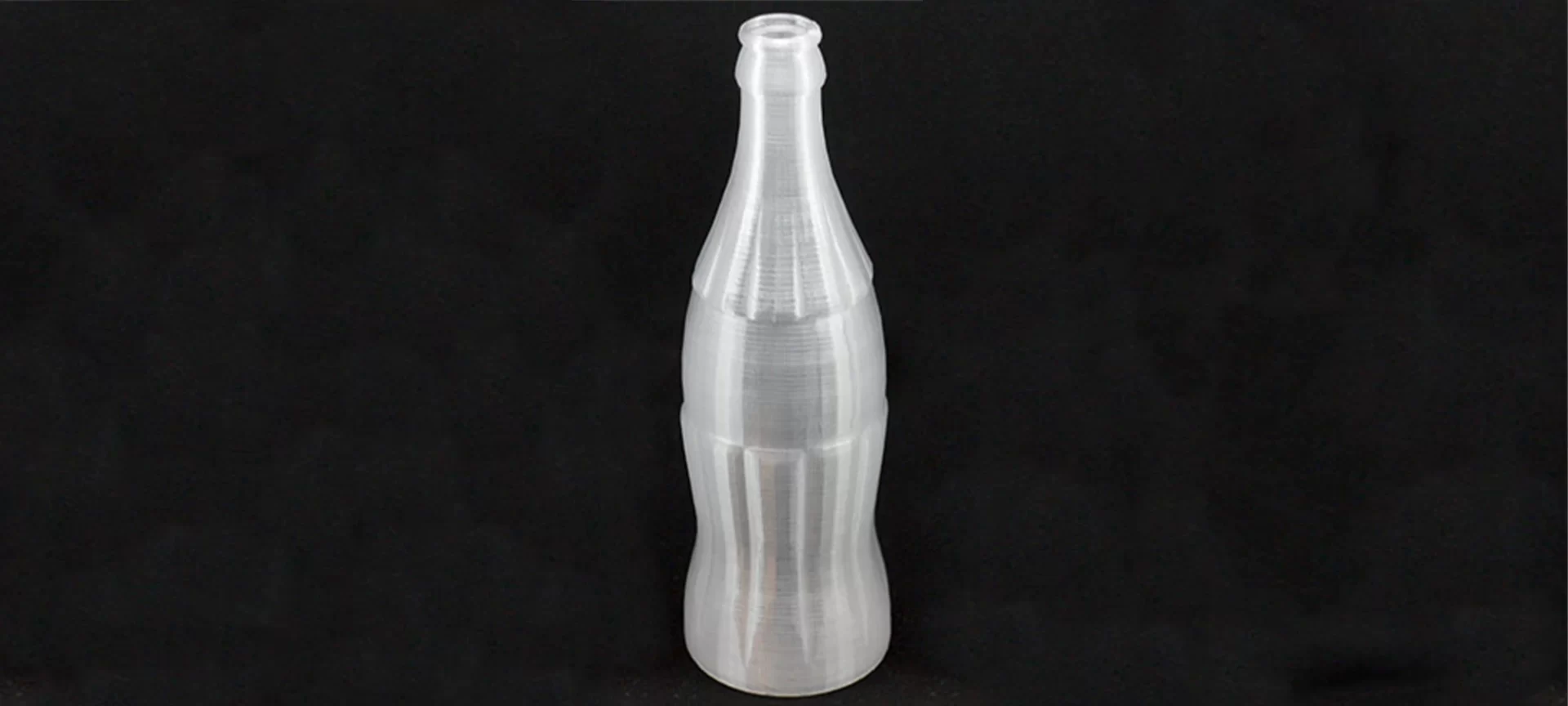
As mentioned above, PETG is a Glycol Modified version of Polyethylene Terephthalate (PET). For witnessing this material, all you need to see is the water bottle near you.
PETG is a semi-rigid material that has good impact resistance but has a slightly softer surface making it prone to wear.
Making parts with the material is also beneficial because it has great thermal characteristics. Because of this quality, it allows the plastic to cool efficiently with almost negligible warpage.
Other variations of this material currently available in the market include PETG, PETE, and PETT.
Properties of PETG:
- PETG is chemically resistant.
- It is fatigue resistant.
- PETG is rigid in nature.
- It also resists water.
Who Makes the Best Carbon Fiber PETG Filament?
When you are out in the market searching for the correct filament to print parts and functional prototypes, there are many options and it’s very confusing.
So, to ease your work, we have done the ground research and are here with four of the very reliable carbon fiber PETG brands that will give you desired qualities in parts printed from the same.
With their descriptions, we have also mentioned printer settings for the same. This will save you from print failures.
Pro Series by Matterhackers
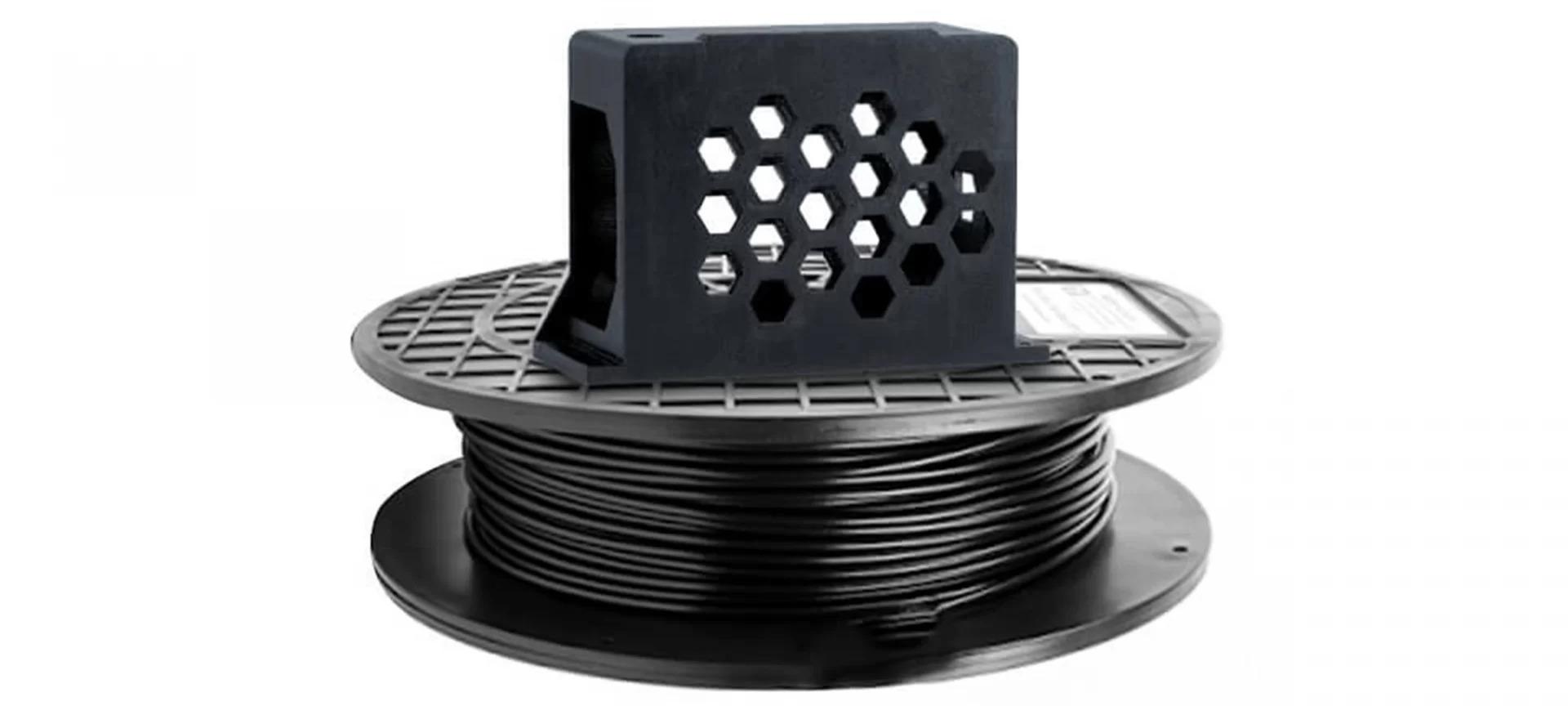
PETG an abbreviation from polyethylene terephthalate is an exceptionally tough and sturdy printing material. When thought about a terrific alternative to PLA and ABS, PETG’s name is always up on the list.
By adding micro-carbon fibers to the PETG filament, it is possible to create amazingly resilient printed parts.
Carbon fiber, as you know can work with other filaments as well, but using it with PETG as the base materials ensures your prints will a) have very low shrinkage, b) little to no odor, and c) extremely strong layer bonds.
PRO Series Carbon fiber PETG filament by MatterHackers is specially formulated for precision 3D printing and manufactured in the USA.
The dimensional accuracy of this filament brand is ±0.02mm, its spool volume is 1kg. And the approximate spool dimensions are 200mm Total Diameter x 50mm Inner Hole Diameter x 50mm Height.
Printer Settings:
While printing with carbon fiber PETG you need to ensure that the print happens at a temperature around 240 to 260 degrees Celsius.
There is no need for a heated bed necessary when printing with this filament. It has excellent impact resistance and durability and similar to carbon fiber ABS in terms of strength, but much easier to print and has virtually no warp or smell.
CARBONX PETG+CF
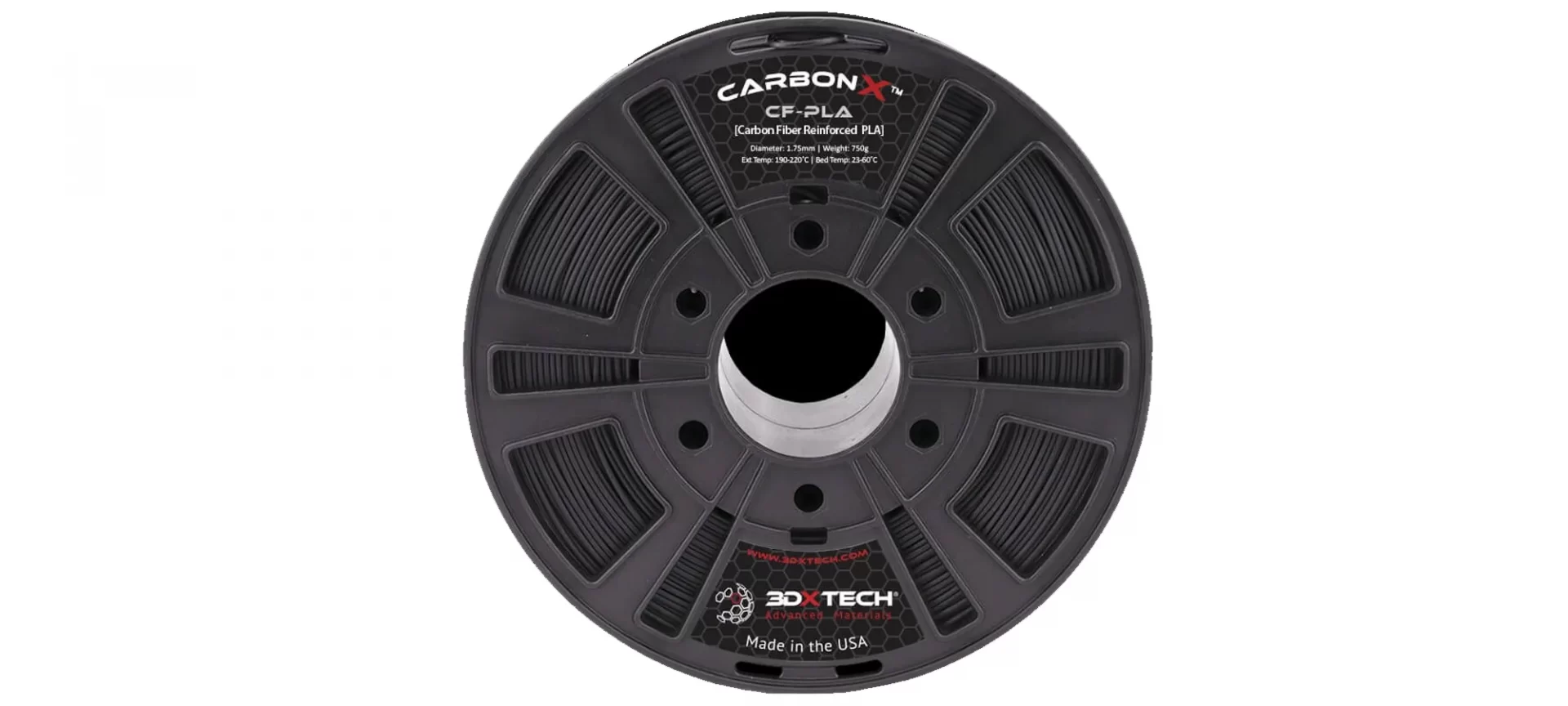
CarbonX is also made in the USA with premium PETG and High-Modulus Carbon Fiber. It is ideal for anyone that desires structural components with qualities such as:
- High modulus.
- Excellent surface quality.
- Dimensional stability.
- Lightweight.
- Ease of printing.
PETG+CF is suitable for use in almost any desktop 3D Printer that has a heated bed. The filament has a superior chemical resistance compared to its competitors.
It is amorphous so has low and near isotropic shrinkage, it also has a low moisture absorption rate.
Carbon fiber PETG filament is more abrasive than unfilled materials. Meaning that, extended use will result in more wear on your nozzle.
Printer Settings:
It is recommended that your printer’s extruder be around 230 to 260 degrees Celsius while printing with the filament.
The printer’s heated bed temperature range should be around 70 to 90 degrees Celsius.
The heated bed should be prepared either with clean glass or Kapton Tape, PVA-based glue, or hairspray.
For nozzle, the printer manufacturer recommends a minimum 0.40mm diameter.
Carbon Fiber Extreme Black PETG by Atomic Filament
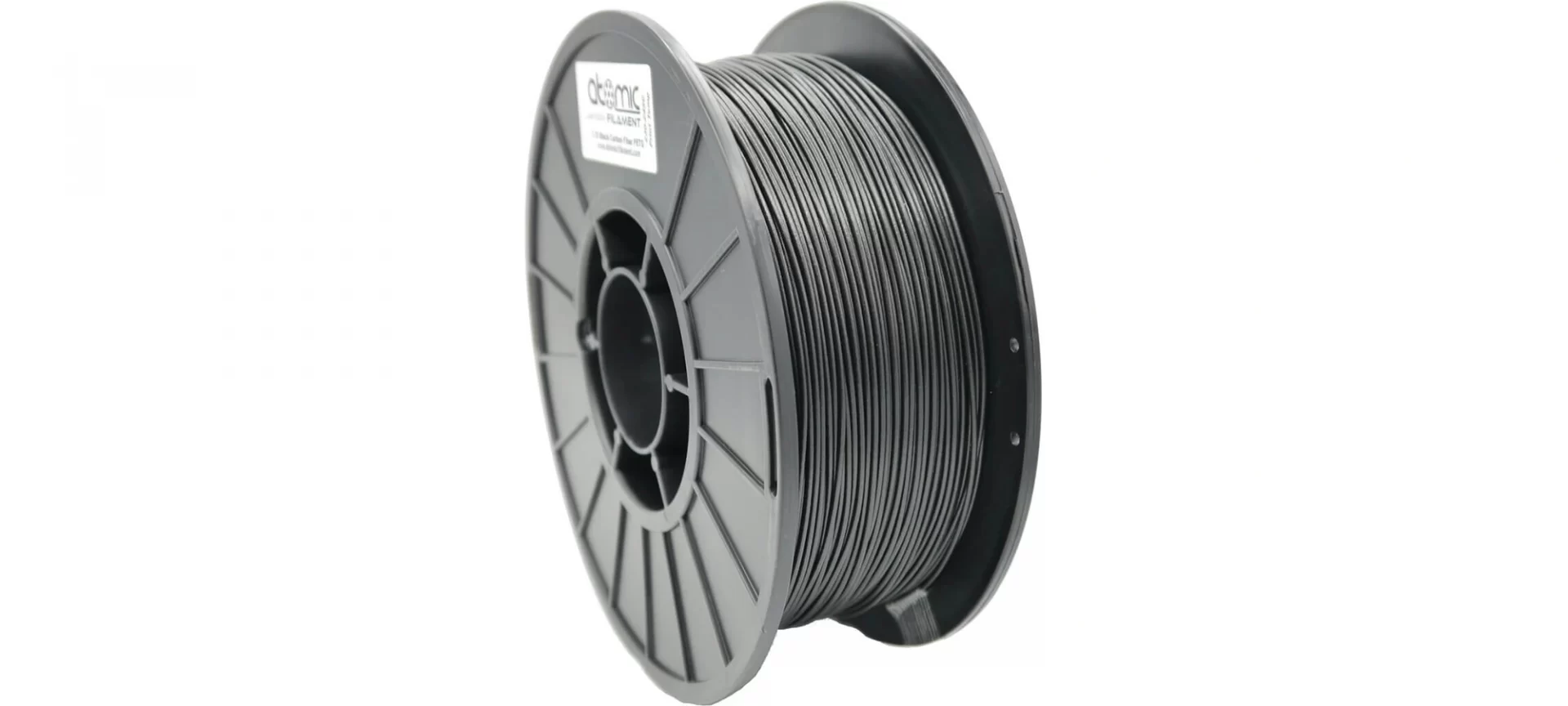
This filament prints with a deep black slightly textured surface and has no transparency. The parts printed by this filament are not brittle like some other carbon fiber-made products.
It is highly recommended for professional-looking technical prints. This carbon fiber PETG filament is made up of engineering-grade PETG resin with USA-made premium milled carbon fiber and not any powder or dust.
Printer Settings:
It is advisable to keep your printer’s nozzle temperature range between 240 to 265 degrees Celsius. The filament should be printed with a nozzle size of 0.40 mm or larger.
Your printer’s heated Bed temperature should range between 60 to 78 degrees Celsius. Its diameter tolerance level is +/- 0.02mm or better.
Carbon fiber PETG by 3D4Makers
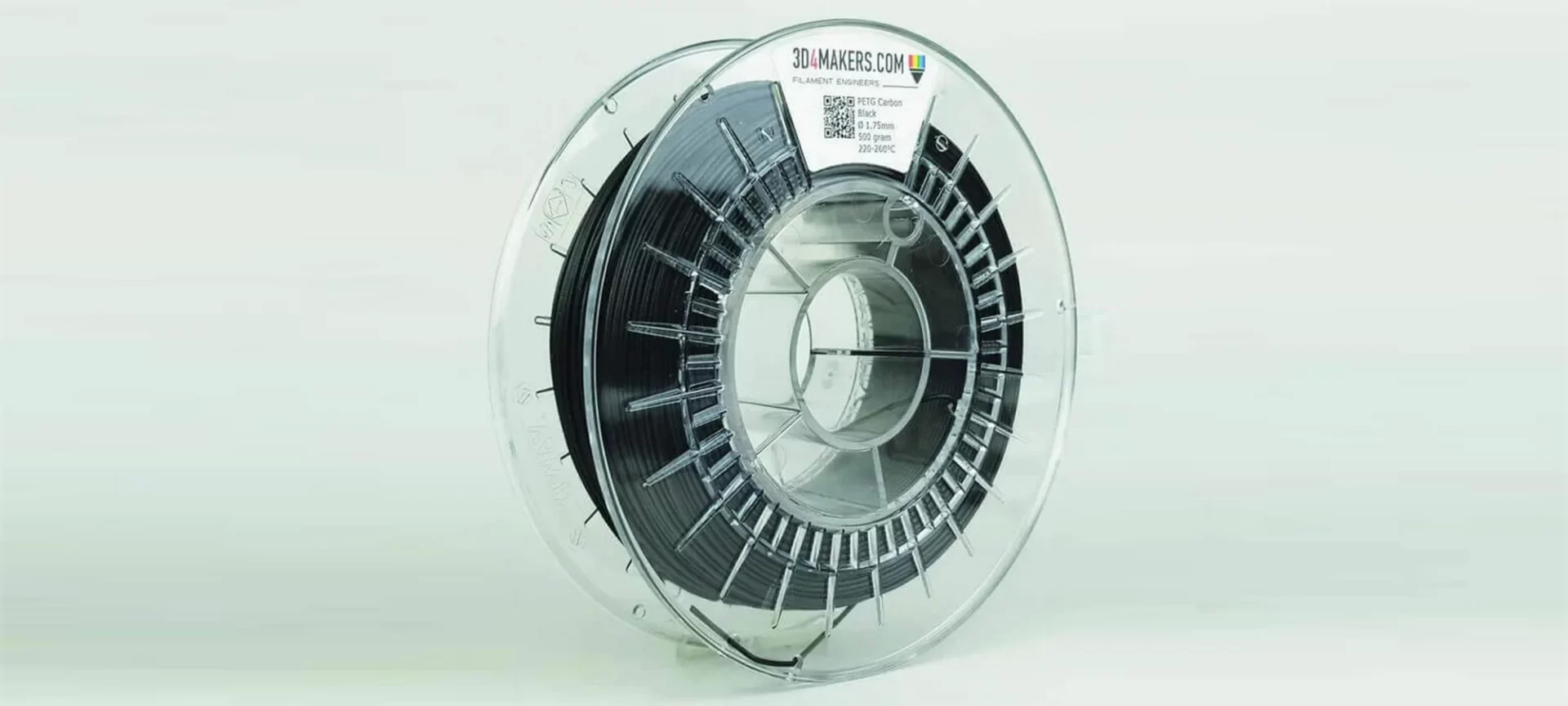
This filament is more suitable for printing a wide range of industrial applications like a) frames, b) drones, c) tools, d) parts for the automotive, and more.
It has an increased impact resistance when compared to regular PETG and is easier to print than the same.
It also has greater dimensional stability, is extremely stiff, and undergoes no warping. The printer has a density of 1.317 grams per cubic centimeter.
Printer Settings:
You are recommended to keep your printer temperature around 225°C, ranging anywhere between 220 to 260 °C.
The bed temperature of your printer should be around 60°C and the print speed should be somewhere near 50 millimeters per second.
What Are Carbon Fiber PETG Printing Tips?
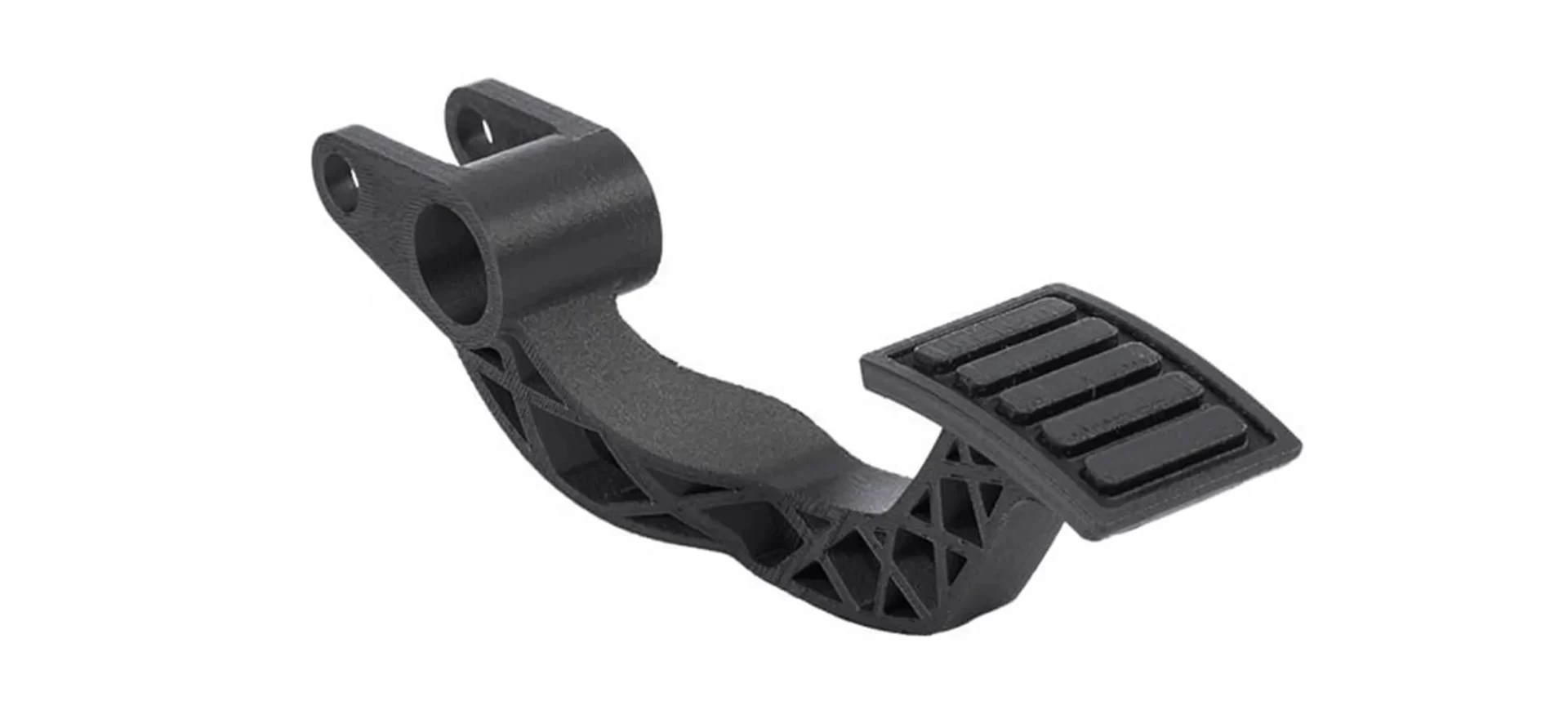
Although the glass bed or the blue painter’s tape installed on the bed might work fine for PETG, experts recommend using a heated build platform for best results.
Doing so would significantly improve the first layer adhesion of your print and also make things much easier for other layers to come.
Heated beds with a glass surface allow you to print directly on the bed without needing to apply any layers of tape or glue, thereby reducing the cost.
One of the few common issues encountered while printing with carbon fiber PETG is stringing. Strings are thin hairs, appearing similar to a spider web, running between the different surfaces of your 3D print.
To prevent these strings, you will need precisely calibrated retraction settings. In technical words, make sure to adjust your retraction distance and speed to get the best results.
When 3D printing at higher temperatures like the ones mentioned in a few of the brands, you may notice small blobs or zits on the surface of your model.
These print flaws particularly occur at the beginning of the end of each segment, when the extruder has to suddenly start or stop extruding plastic. To avoid it, you will need the help of your slicer.
The Conclusion
If carbon fiber PETG is printed using the advices mentioned in this article, you will be capable of producing excellent quality prints. Waterproof, snap-fit, and planter pot are some of the most common applications where this filament comes in handy.







